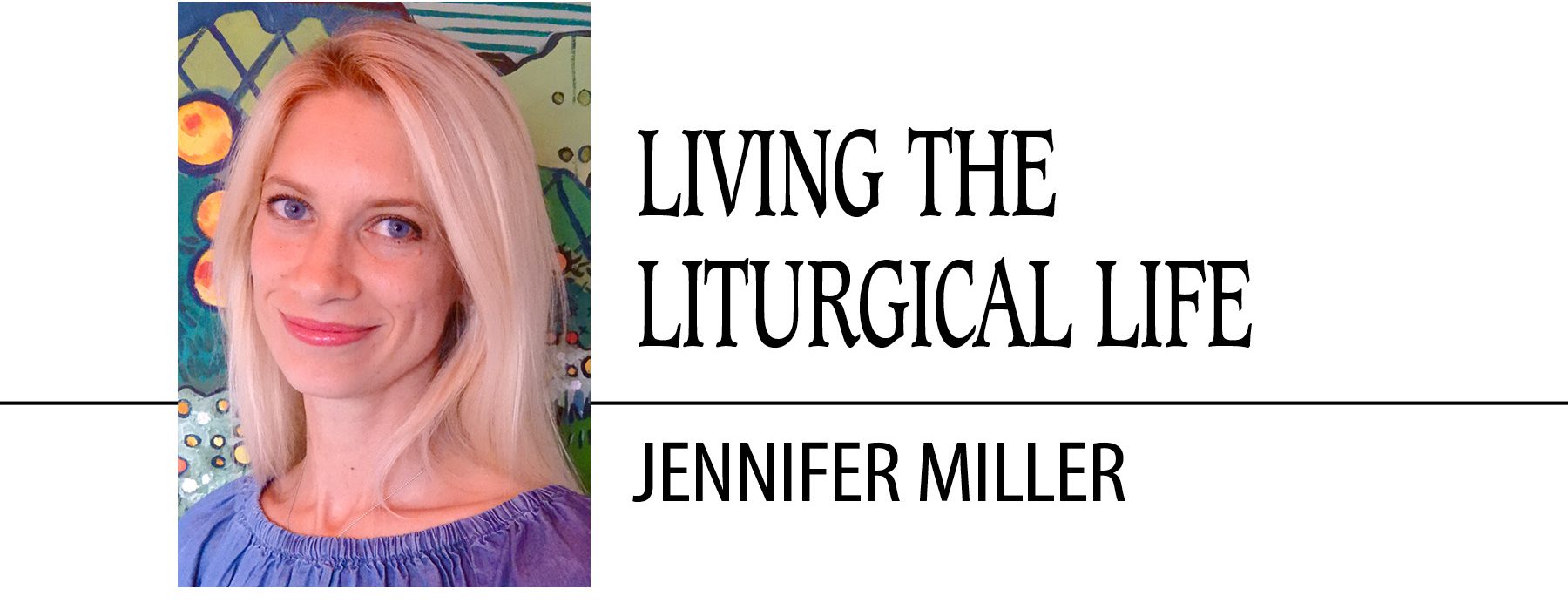January 8, 2020 // Perspective
Theotokos
“Theotokos:” A word that to the average American ear might sound like an appetizer on a Greek menu, is actually older than spanakopita itself. This word is an ancient Greek title for Mary, still preferred by the Byzantine and Orthodox traditions.
Translated literally as “God-bearer” or “Birth-giver to God,” Theotokos highlights Mary’s primary role to Jesus, who is the Son of God, fully divine and fully human. St. Cyril, Bishop of Alexandria, suggested it at the ecumenical Council of Ephesus in A.D. 431 to underscore what was believed since apostolic days in the early Church.
Mary’s motherhood is divine and virginal, yet is the basic, same vocation of all women. Called in the Gospels “the mother of Jesus.” Mary is acclaimed by Elizabeth, at the prompting of the Spirit and even before the birth of her Son, as “the mother of my Lord,” the Catechism of the Catholic Church states. “In fact, the One whom she conceived as man by the Holy Spirit, who truly became her Son according to the flesh, was none other than the Father’s eternal Son, the second person of the Holy Trinity. Hence the Church confesses that Mary is truly “Mother of God” (Theotokos).”
All women are called to motherhood, but how God asks each to that vocation is unique, just like the woman herself. It is this self-sacrificing love of motherhood, often dismissed or misunderstood by modern American society, which is elevated by the Church through Mary, Theotokos. One cannot underestimate the value of mothering love in their life.
This mystery of Theotokos highlights Mary’s physical body, her womb, as sacred. Affirming what the Genesis creation accounts explain of human beings, her human being, her very flesh, muscle and fat, was good. Obedient to God’s will and blessed as a result, she flourishes in this motherhood, growing into the very vocation given by the Holy Spirit. The angel Gabriel announced the good news, but it took every fiber of Mary’s being, mind, body and soul, to be open and respond, “Yes,” thus allowing God’s Son to dwell in her for nine months.
With the numbing objectification of women’s bodies, splashed across billboards, flashed across internet ads and sold on magazines at grocery stores, what a contrast Theotokos offers. Her goodness and beauty came from God’s life within her — the same that is possible for every baptized person. To allow one’s body to be open to life, however God wills and grows it, is a great act of love. To receive and nurture God’s life within oneself is the gift of every Christian. The goodness of Mary’s womb is not hers alone, but rather every person’s, redeemed preciously by the child who was in it.
As many mothers will share, pregnancy is not for the faint of heart. Continual nausea, aching muscles and joints, shifting hormones and headaches are but a few of the physical pains offered for the good of the growing baby in utero. Theotokos, too, had to stretch and grow, literally making room for the Son of God within her. The birthing process itself is a human and divine experience; a true, common miracle that repeats every day around the world.
Emotional, spiritual, physiological weights add to a mother’s load, long past the stretch marks she may earn. Theotokos, Mother Mary, knows all this. She raised her Son, lost Him in a big city, and even followed Him faithfully and quietly through His Passion. Her many titles, such as Our Lady of Sorrows, Untier of Knots or Our Lady of Perpetual Help attest to the reality, which she lived and under which she now intercedes, because her motherhood extends to her adopted sons and daughters of this day. Her words to St. Juan Diego on Tepeyac Hill were: “Am I not here, I who am your Mother? Are you not under my shadow and protection? Am I not the source of your joy? Are you not in the hollow of my mantle, in the crossing of my arms? Do you need anything more? Let nothing else worry you, disturb you.” They echo the same motherly care as to the servants at the wedding feast of Cana, “Do whatever he tells you.”
Consistently through the ages, Christ is at the center of Mary, as He was first in her blessed uterus. Her physical birth of Baby Jesus brought an even deeper indwelling of new life of the Holy Spirit within her. Mother of the Church, now Queen of heaven and earth, Mary still remains, first, the God-bearer.
Theotokos was given a unique role in history. To place her at the start of the Julian calendar on Jan. 1 was to emphasize this gift. Celebrated during the liturgical season of Christmas, the time of the Incarnation, the feast of Theotokos, renamed during Vatican II as the “Solemnity of Mary, Mother of God,” is to deepen the transformative Christmas gift of God becoming human. On the very first day of the new year, all the hopes and fears, are under her mantle. A woman alone is elevated in the Church to this position, a woman to whom the vicars of Christ, the popes, have credited with saving their lives. Who better to entrust our day, our year, our body and life to, then she who God trusted to receive and nurture His own son?
How are we open to receiving God’s will? May we all nestle and grow in the blessed womb of Theotokos to bear the fruit God distinctly desires to grow within us this year.
The best news. Delivered to your inbox.
Subscribe to our mailing list today.






